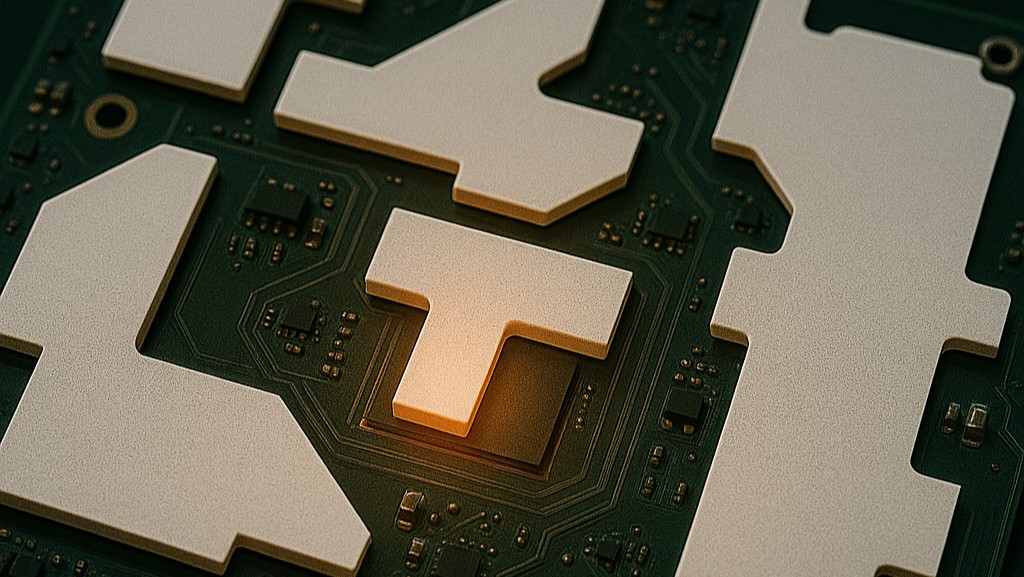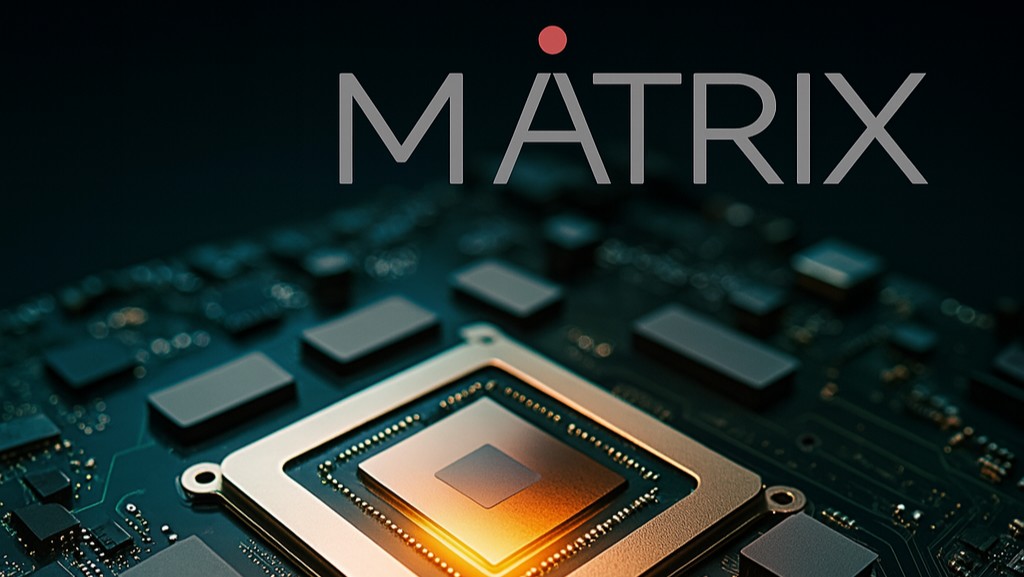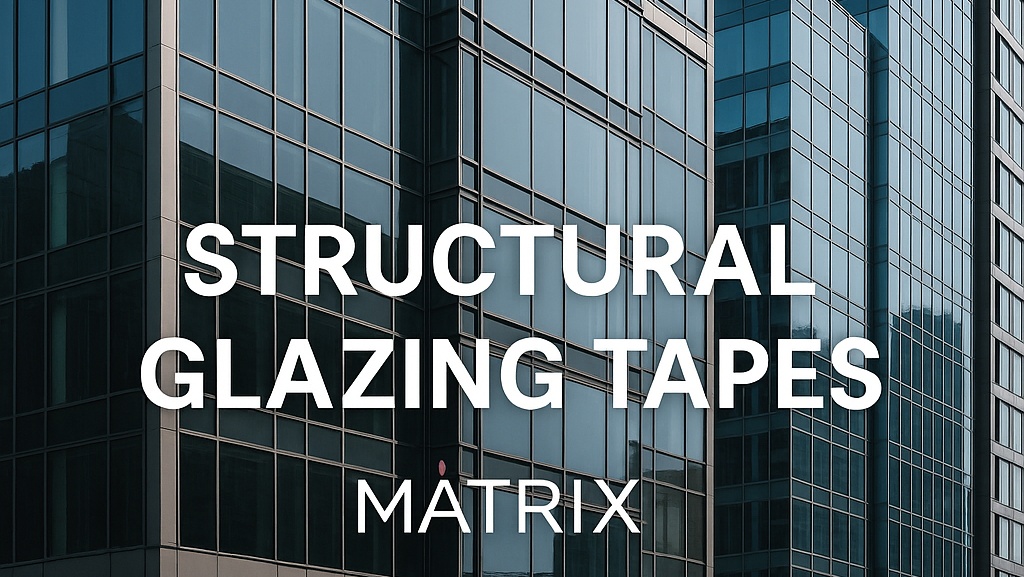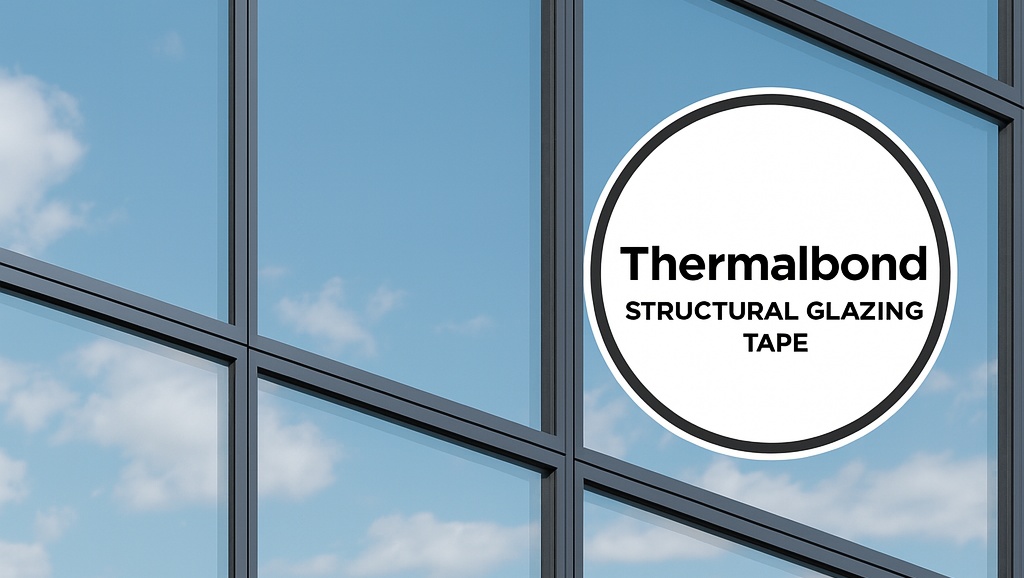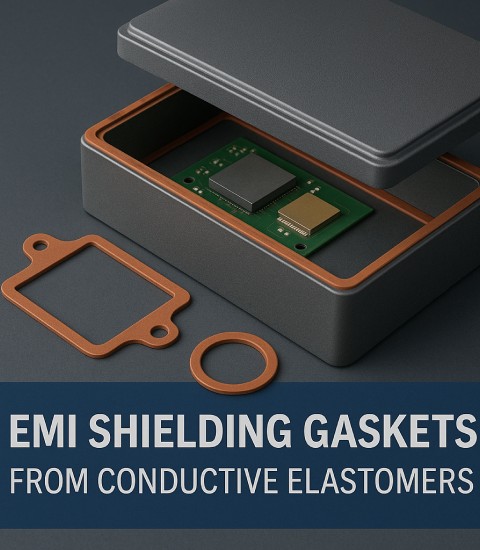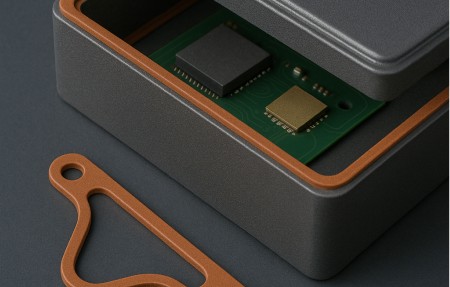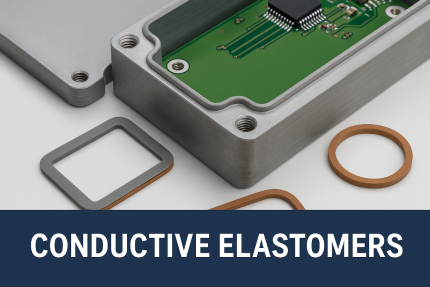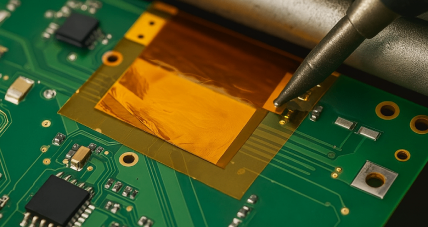Selecting the right electromagnetic interference (EMI) shielding and thermal interface materials (TIMs) for space applications requires more than just standard performance metrics. From vacuum conditions to intense radiation exposure, materials used in rockets, satellites, and space telescopes must withstand some of the harshest environments known. These challenges are compounded by stringent regulatory requirements, particularly from organizations like NASA, which set civil and military standards for EMI control.
Below, we explore the critical factors to evaluate when specifying EMI and thermal materials for aerospace and satellite systems.
1. Regulatory Compliance: Meeting NASA’s Stringent Standards
NASA and similar organizations provide specifications that guide the design and material selection for both military and commercial space missions. These include civil regulations and military specs for EMI shielding, which must be accounted for from the earliest design stages.
2. Outgassing: Protecting Sensitive Equipment in Vacuum
In space, materials exposed to vacuum can release volatile substances—a process known as outgassing. These emissions can condense on nearby surfaces, causing damage to optical systems and electronics.
NASA’s ASTM E595 outlines how to evaluate outgassing, focusing on two key metrics:
-
Total Mass Loss (TML) – Must be ≤ 1.0%
-
Collected Volatile Condensable Materials (CVCM) – Must be ≤ 0.10%
Parker Chomerics provides a list of qualified materials that meet these thresholds. You can explore NASA’s tested materials by searching “CHO” or “TEC” at outgassing.nasa.gov.
3. Light-Weighting: Reducing Launch Load and Costs
Minimizing weight is a core priority in space system design. Lighter materials allow for higher payload capacities, reduced fuel consumption, and more efficient launches. Innovations in carbon composites, 3D printing, and conductive plastics are replacing heavier metal components without sacrificing performance.
4. Radiation Resistance: Shielding Against Cosmic and UV Exposure
Spacecraft are vulnerable to high-energy radiation in orbit. While external housings provide some protection, internal components—especially TIMs—must be radiation-resistant as well. Silicone and metal-based materials can degrade over time, while ceramic-filled TIMs have been shown to endure exposure levels up to 100 megarads.
5. Metal Degradation and Whiskering
Corrosive reactions, particularly from atomic oxygen, pose a serious threat to metal components. Another concern is whiskering—tiny conductive filaments that can form on metal surfaces, potentially causing shorts and failures. Surface finishes and protective coatings are essential countermeasures.
6. Material Fatigue and Mechanical Stress
Space-bound materials endure extreme temperature swings, vibration, and pressure cycles from launch through re-entry. They must be able to withstand these conditions without compromising performance. Thermal gels, which are designed to absorb vibration and have undergone extensive testing, are a popular choice for high-stress environments.
7. Thermal Interface Materials (TIMs) for Space Use
TIMs used in space must:
-
Function in a vacuum
-
Minimize thermal resistance
-
Provide electrical isolation
-
Limit foreign object debris (FOD)
Common TIM solutions include:
-
Thermal gap filler pads: Soft, conformable, customizable, 1.5–6.5 W/m-K conductivity
-
Thermal gels: Easily dispensable, single-component, 3–7.5 W/m-K conductivity
-
Thermally conductive tapes: Non-silicone, low thermal impedance, reliable in long-term use
One proven solution is CHO-THERM® 1671, a high-dielectric, low-outgassing thermal pad tested by NASA and Sandia Labs—widely trusted in satellite applications.
8. EMI Shielding Solutions for Space
EMI shielding materials must offer:
-
Effective grounding and RF attenuation
-
Minimal FOD contribution
-
Low outgassing
-
Lightweight and durable construction
Recommended EMI materials include:
-
Conductive elastomers: Post-baked to reduce VOCs, absorb shock and vibration, and fill mechanical gaps
-
Conductive tapes: Lightweight, effective, and easy to apply; aluminum blocks UV, copper offers superior conductivity
-
Conductive heat shrink tubing: Combines flexibility and EMI shielding with cost and weight savings


